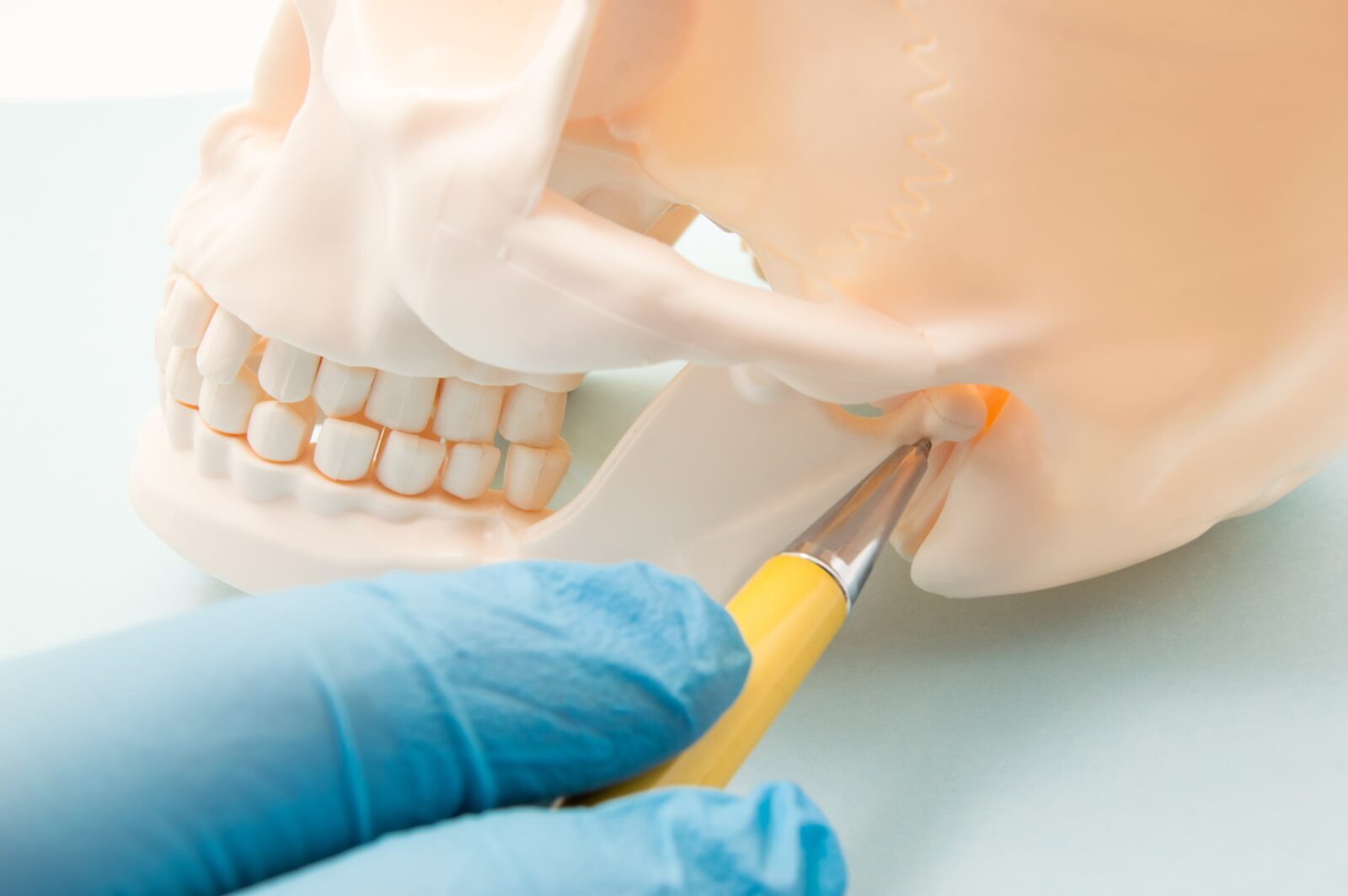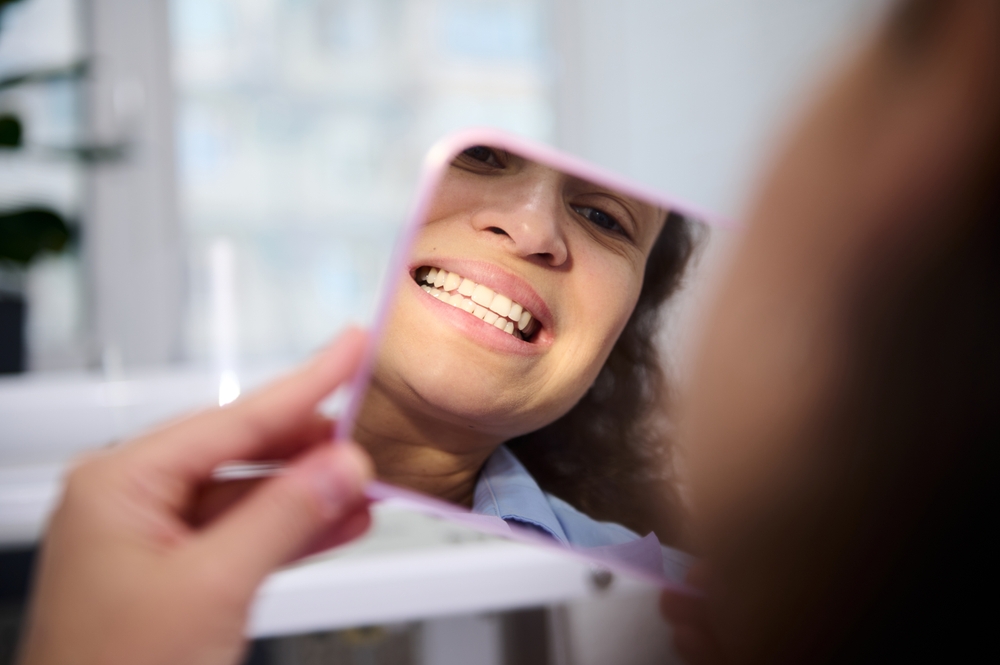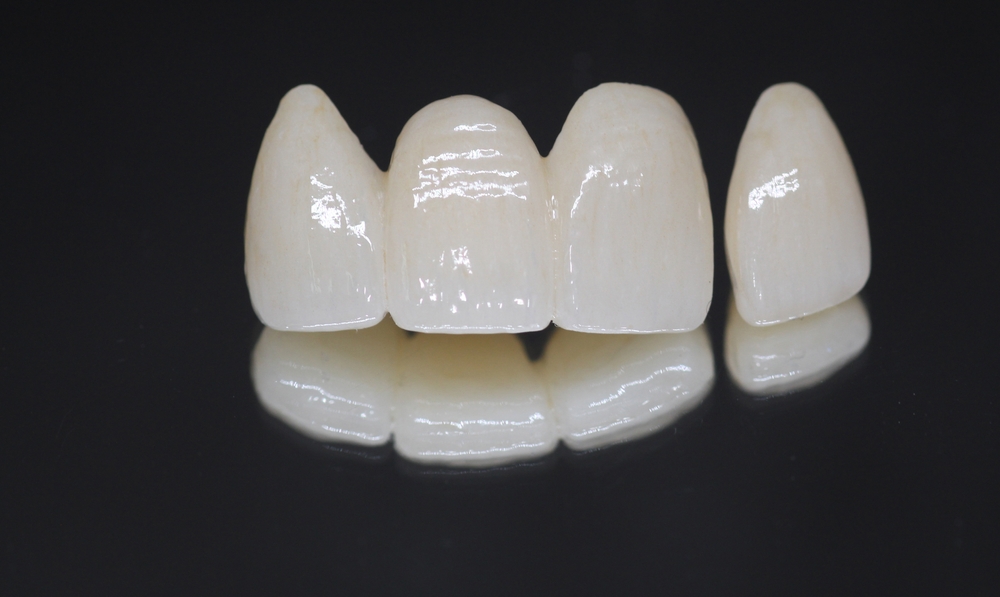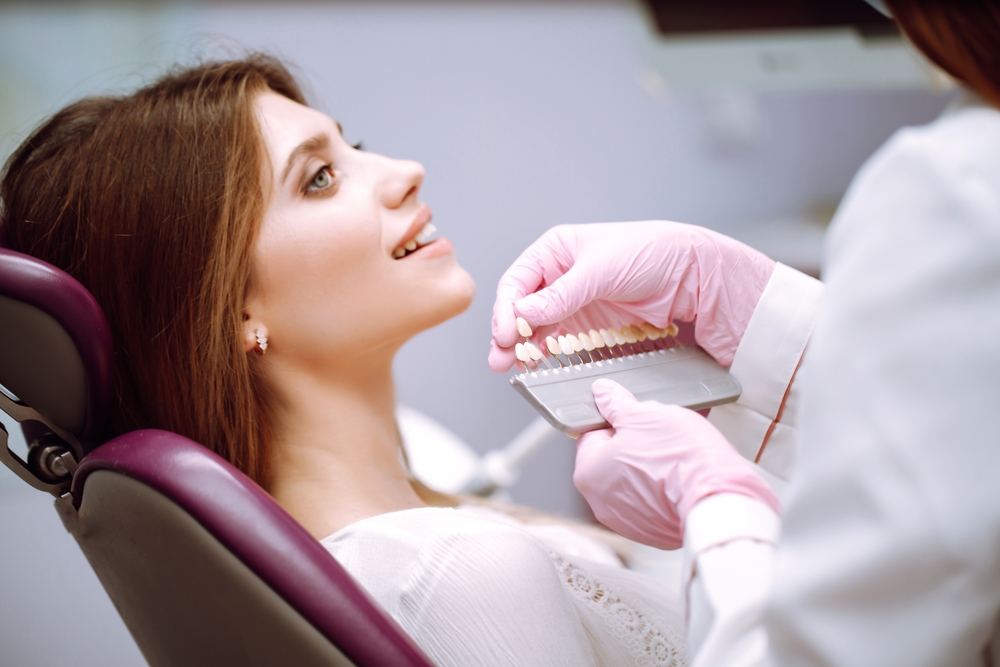Temporomandibular Disorders (TMD) affect the temporomandibular joint (TMJ), the muscles, and the nerves associated with chewing, speaking, and movement of the jaw. TMD can cause a range of symptoms, from jaw pain and stiffness to clicking sounds and headaches. The complexity of these disorders necessitates a multidisciplinary approach to treatment, involving dentists, physical therapists, and crucially, dental labs. Dental labs play a pivotal role in the design and fabrication of customized therapeutic devices that are central to TMD management. This blog explores the essential contributions of dental labs in the treatment of TMD, highlighting the technological advancements and the collaborative efforts needed to provide relief to patients.
Understanding Temporomandibular Disorders
Temporomandibular Disorders (TMD) encompass a group of conditions that affect the temporomandibular joint (TMJ), the muscles of mastication (chewing), and the surrounding tissues. The TMJ connects the lower jaw (mandible) to the skull (temporal bone) in front of the ear. Certain facial muscles that control chewing are also attached to the lower jaw. Problems in this complex system can lead to a myriad of symptoms, making TMD a multifaceted condition.
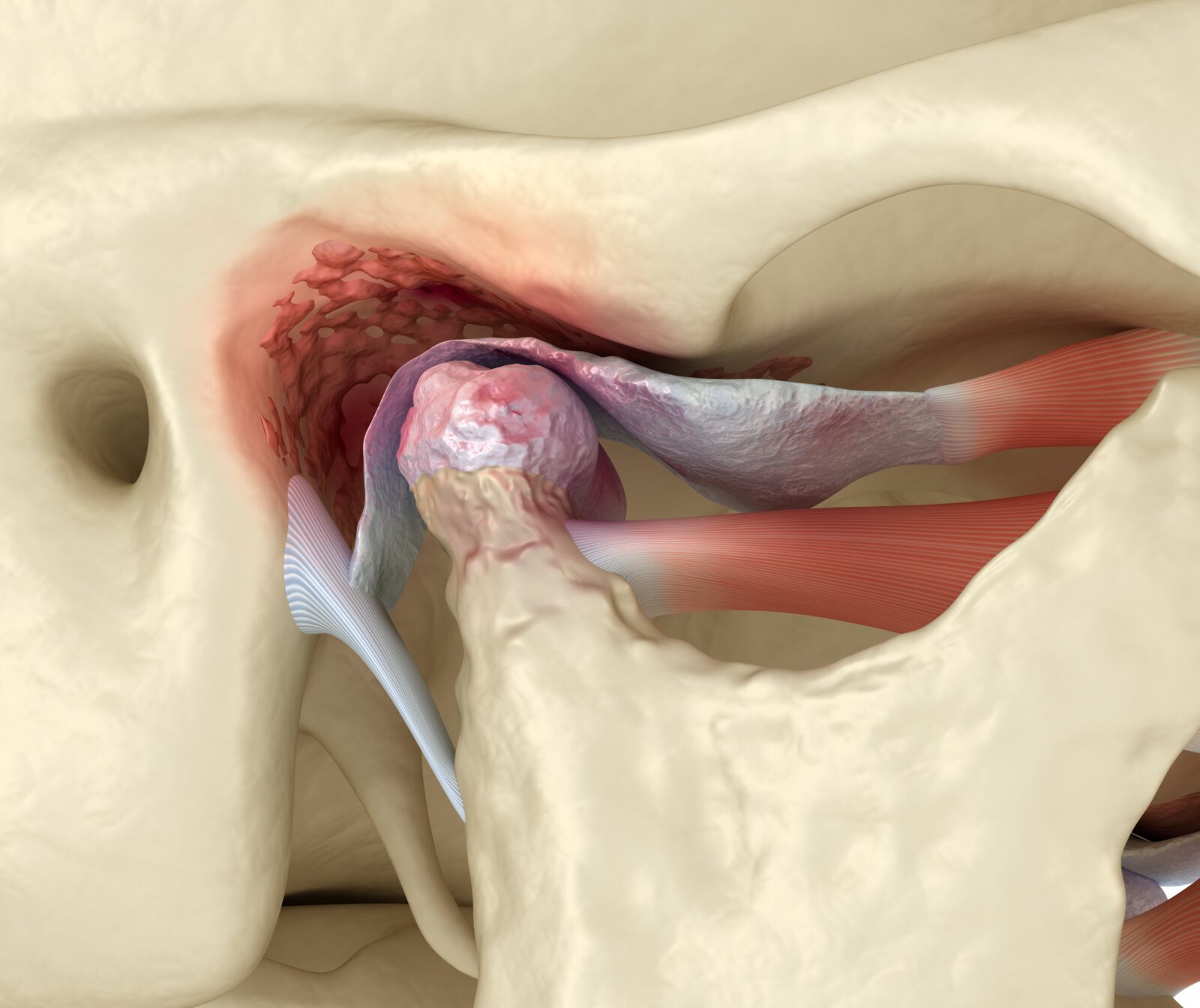
Symptoms of TMD
TMD can present with a wide range of symptoms, which can vary significantly in severity from person to person. Common symptoms include:
- Pain or tenderness in the jaw, especially at the joint area
- Aching pain around and in the ear
- Difficulty or discomfort while chewing
- Facial pain
- Locking of the joint, making it difficult to open or close the mouth
- Clicking, popping, or grating sounds in the jaw joint when opening or closing the mouth, which may or may not be accompanied by pain
Treatment Approaches
Treatment for TMD aims to relieve pain, restore normal function, and reduce the likelihood of recurrence. Approaches can vary widely based on the severity and underlying cause of the disorder and may include:
- Pain management through medications or therapy
- Occlusal appliances or mouth guards to prevent teeth grinding and improve jaw alignment
- Physical therapy exercises to strengthen jaw muscles and improve mobility
- Stress management techniques
- In severe cases, surgical interventions may be considered
Understanding TMD is crucial for effective management and treatment. Given the complex nature of this disorder, a multidisciplinary approach is often necessary to address both the physical symptoms and any contributing factors, ensuring a comprehensive and holistic treatment plan.
The Role of Dental Labs
Custom Fabrication of Occlusal Splints
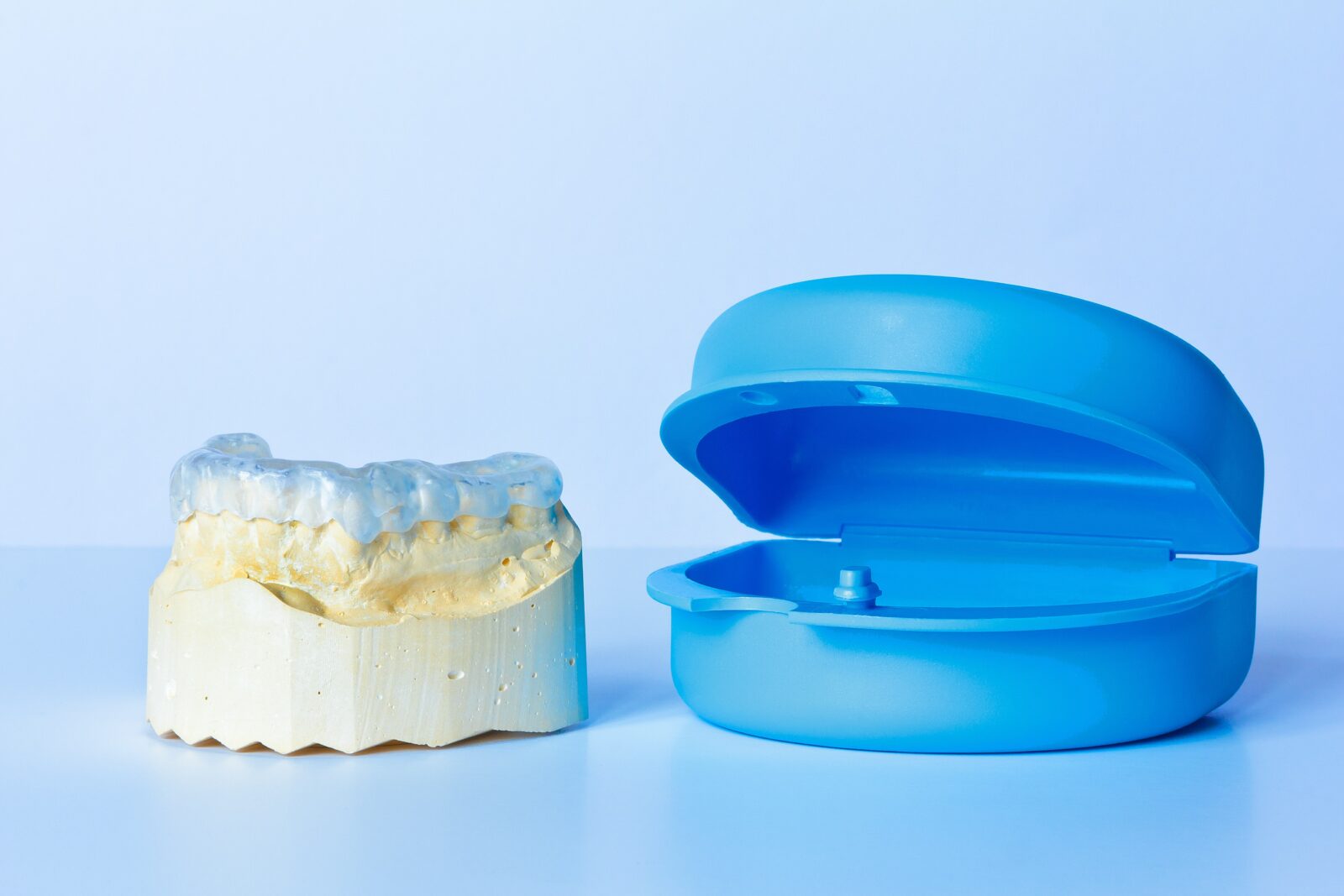
One of the primary interventions for TMD is the use of occlusal splints, also known as night guards. These devices are designed to alleviate jaw tension, prevent teeth grinding, and correct malocclusion, which are common in TMD patients. Dental labs are responsible for the precise fabrication of these splints, tailored to the unique dental anatomy of each patient. Technicians use molds or digital impressions taken by dentists to create devices that fit comfortably and effectively, ensuring optimal therapeutic outcomes.
Technological Advancements in Dental Labs
The evolution of technology in dental labs has significantly improved the treatment of TMD. Digital dentistry, including CAD/CAM (Computer-Aided Design and Computer-Aided Manufacturing) technologies, has enabled the production of more accurate and durable therapeutic devices. 3D printing, specifically, has revolutionized the fabrication process, allowing for faster turnaround times and enhanced precision. These advancements ensure that the devices not only provide the necessary therapeutic benefits but also fit seamlessly, enhancing patient compliance and comfort.
Collaborative Efforts for Comprehensive Care
The treatment of TMD requires a collaborative approach, with dental labs working closely with dentists and other healthcare professionals. By sharing insights and feedback, the team can refine the design and functionality of TMD devices. This collaboration extends to the selection of materials, adjustments based on patient feedback, and the integration of new technologies to improve patient outcomes. Such teamwork is crucial in addressing the multifaceted nature of TMD, ensuring that each patient receives a holistic and personalized treatment plan.
Education and Research
Dental labs also contribute to the field through education and research. By staying at the forefront of technological and material advancements, labs can inform and train dentists on the latest options for TMD treatment. Moreover, participation in research allows labs to explore new methodologies and devices, contributing to the ongoing improvement of TMD management.
Conclusion
Dental labs play an indispensable role in the treatment of Temporomandibular Disorders. Through the custom fabrication of therapeutic devices, the adoption of cutting-edge technologies, and collaboration with dental professionals, labs ensure that patients receive the most effective and personalized treatment. As technology continues to evolve, the potential for innovative TMD treatments grows, promising better outcomes for those affected by this complex condition. The synergy between dental professionals and labs is vital, not only in treating TMD but also in advancing the field of dental medicine.

